GUIDE Camino Inglés in the footsteps of Tille and Marie
The Camino Inglés is a short, intense and beautiful camino – you can get a true camino experience in just 5 days. Inglés was my first camino, and I walked it with my teenage daughter. Try this short camino in our footsteps and get tips for breaks, towns and albergues
Most people have thoughts and doubts about going on their first camino and the years go by. But the Camino Inglés can wipe away many excuses, fears and doubts instantly: It is an achievable camino with authentic camino experiences in a mini set-up and you can try out your strength and stamina (and pace) and get a real feel of a camino experience without it being too big a mouthful. Should you have a physical weakness or have you brought children or older parents along, the Camino Inglés is a great camino for them too.
Is Camino Inglés worth the hassle when it is this short?
A big YES is the answer – especially for first time camino pilgrims, because this camino can be achieved even with busy daily lives – and it is a camino for you, who just wants a taste of a camino before, maybe, embarking on a full blown pilgrim walk.
Inglés means English, and this camino has its name from the many English and Scottish pilgrims on the route, who in the old days sailed the first part and then continued on foot from the northern coast of Spain.
My trip was actually a birthday gift to my daughter on her 15th birthday and she walked the camino voluntarily, motivated and very very happily even without any training. I couldn’t have imagined a better mother-daughter trip. Read my experience of walking a camino with a teenager here.
An extra thing that means a lot to me, is that you can venture on the Camino Inglés and complete a whole camino without having to take time off, or have to offer too many vacation days etc. It can fit into an ordinary family life. And the great thing is to be able to try living out a dream from start to finish. Ignore the “professional” pilgrim who says it is too short, I say: the camino you walk is the right camino for you to walk.
How many stages are there on Camino Inglés and can it be extended?
We planned our pilgrim to be extend over 5 days and we kept the pace with no problems. This means you can walk this camino in a week, including the two travel days to and from. See our five stages with suggestions should you want to increase the stages to seven here.
If you have more time, you could extend it, after arriving at Santiago, by walking to the “End of the World”: Finisterre – Muxia and back to Santiago. This allows for 7 extra trekking days making the pilgrimage a total of 14 days.
Pontedeume rises up through the trees in the park – but first we need to cross the bridge.
Why is there a rumor that Inglés is a tough route?
Camino Inglés has a reputation of being a physically demanding camino because the first few stages were mandatory long stretches. This has changed recently, so the stages can be broken up into stages of maximum 15 kms. The camino still includes the Galician hills, but only in the middle stage and this is still not mountain climbing.
However, you will be crossing over and under the highway many times, allowing for vertical increases. It sounds ugly – but it really isn’t – at least not so much that it makes me devaluate the attractiveness of this route. A problem that is more acute on Inglés is that there, on several of the stretches, is a distance between services. There are no cafes and no watering holes. So you have to carry your food and that causes extra weight.
The route over and under highway A9 allows for many vertical increases on the Camino Inglés
Does the Camino Inglés have natural beauty and does it run along the water, or is it an asphalted route?
My experience of the Camino Inglés was that it was really beautiful and included a varied Spanish countryside landscape. There are many small forest paths and large eucalyptus tree forests. If you get hungry, or just feel like tasting, there are many fig trees on the way. But yes there are asphalt roads too, but they are short and not so many. You pass tiny villages and two larger towns during the trek – Pontedeume and Betanzos.
Camino Inglés runs through pretty deserted areas without shops: Remember your food, fill your bottles with water from the springs and enjoy the figs in October.
The middle day of our route was tough due to its length, incline and that fact that the first 16 kms are walked without anything. Don’t forget food and water on this one! Camino Inglés runs along the water during the first two days – but it is a typical industrial harbor the first half day. Don’t choose Inglés for it wild sea views, Camino del Norte and Camino Portugues da Costa are far more blue than the Inglés. But yes, there are two days that are along the coast. We arrived at low tide and during the dry season – maybe the sea front will be more vivid during other seasons.
What does a night at the albergues cost and are there vacancies?
We paid 6-7 euros a night at the municipal albergue, 15 euros at a hostel and 16 euros at private albergue in October 2016. We found lots of space both on the route and in the albergues. On the Inglés route many sleep late – there isn’t a rush in the morning to have to get up and out early in order to ensure a space at the albergue in the next town!
It’s the camino life, quiet and calm without the stress of having to find a vacancy at the next a dormitory.
The albergue in Betanzos – public and really good
Are there enough pilgrims to create a community pilgrims experience?
Camino Inglés is a very scarcely travelled Camino – around 3.76 % of all pilgrims walked this camino in 2017. Compared to the this, 60 % chose the Camino Francés that same year. But still, there are enough pilgrims on route to create a sense of community and familiarity to help experience the camino life. We walked in October 2016 and were 12 pilgrims on route. There was a friendly and easy pilgrimage community as the pilgrims were few and the stages didn’t split us up.
Coming to and from Camino Inglés
Camino Inglés has two arrival points: Ferrol and A Coruña – both on the northern coast of Spain. From Ferrol there is around 121 kms and from A Coruña it is around 90 kms south to the reach the cathedral at Santiago de Compostela.
The easiest I think is to fly via London to Santiago de Compostela and then to Ferrol. Because Inglés is such a short camino, you can book your return flights from home – you probably won’t be altering your stages, as long as you aware of your pace and stamina. With a prebooked shuttle we paid around 100 euros for the trip from the airport to the starting town of Ferrol – only because the public transportation bypassed our arrival time.
An alternative is to search for a “share a ride” on www.blablacar.co.uk – I have had really good experiences with other pilgrims. Be warned though, that these trips are often advertised late or just a few days before departure. You can make it work, but you have to remain calm and wait for a lift. Last time I got the lift the day before I travelled. However, the nice things about blablacar, is that you save money and you get the possibility of meeting locals and talking to them, hence the “blabla”, during the ride.

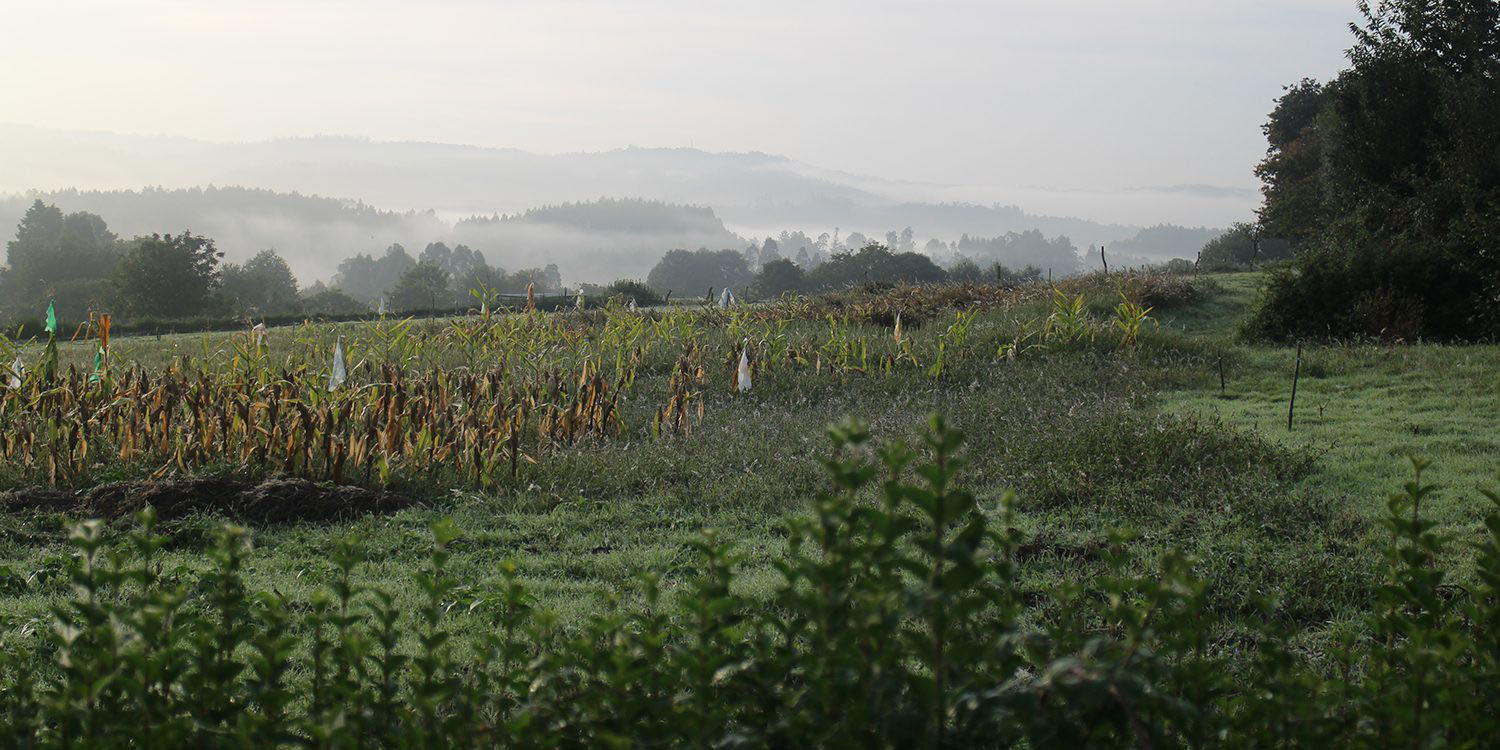
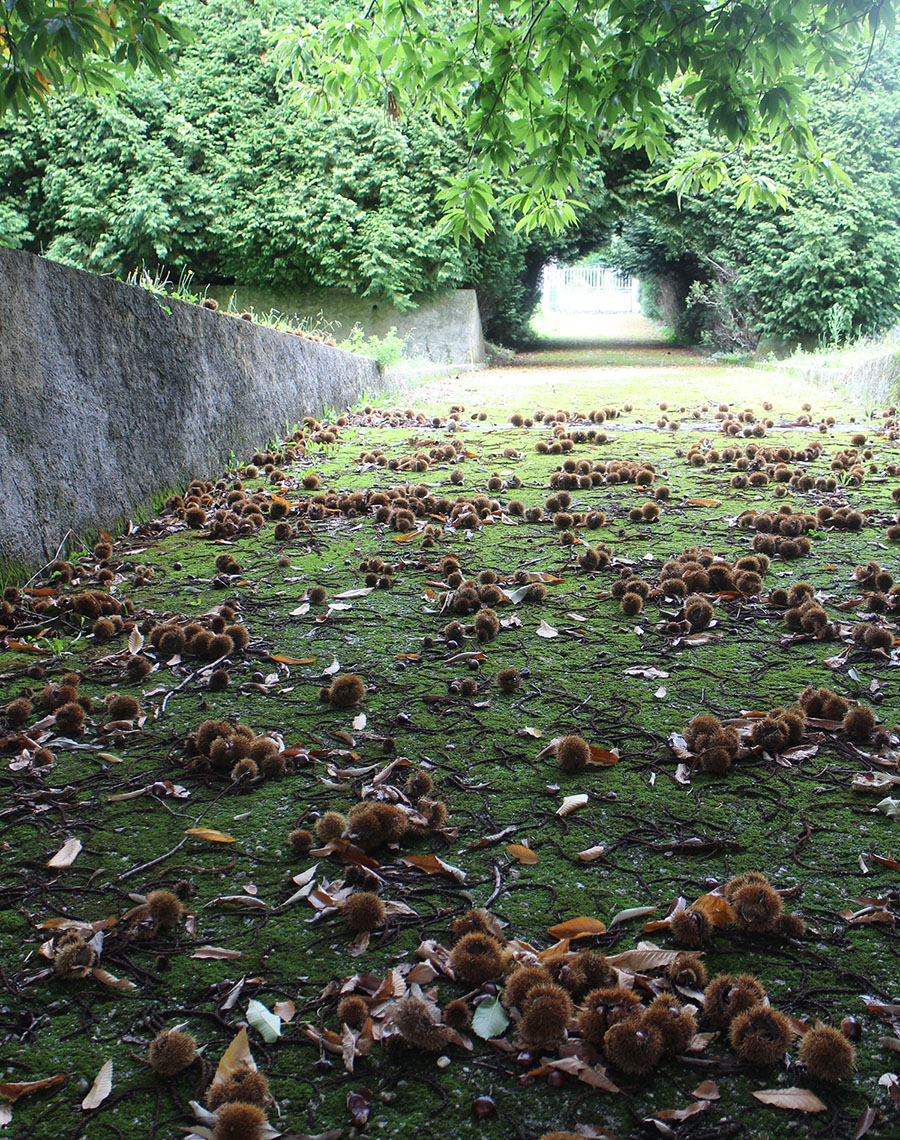
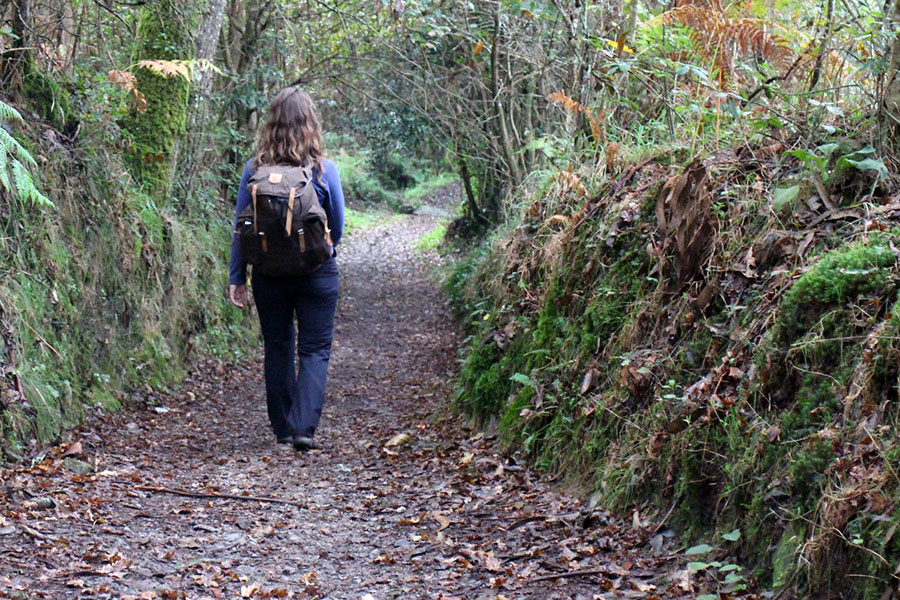

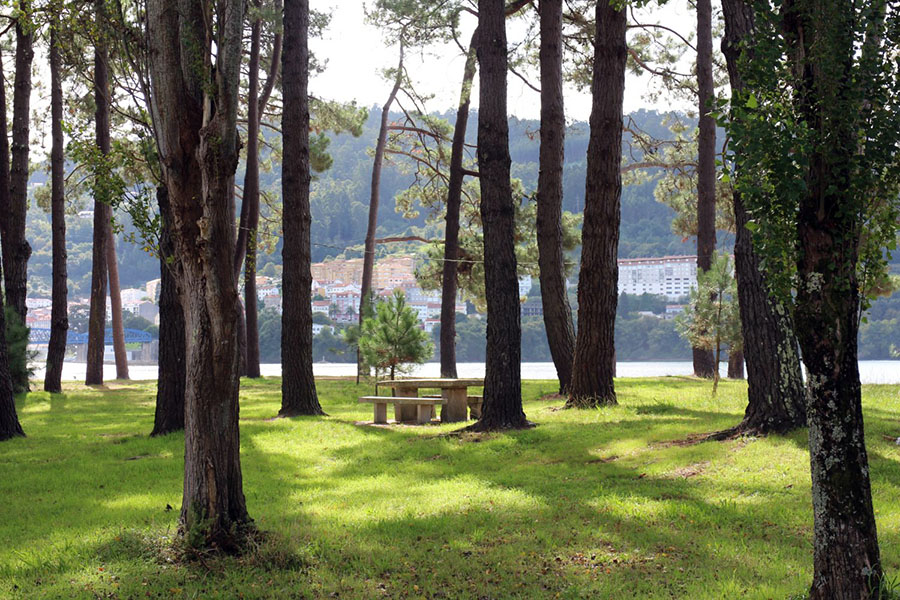
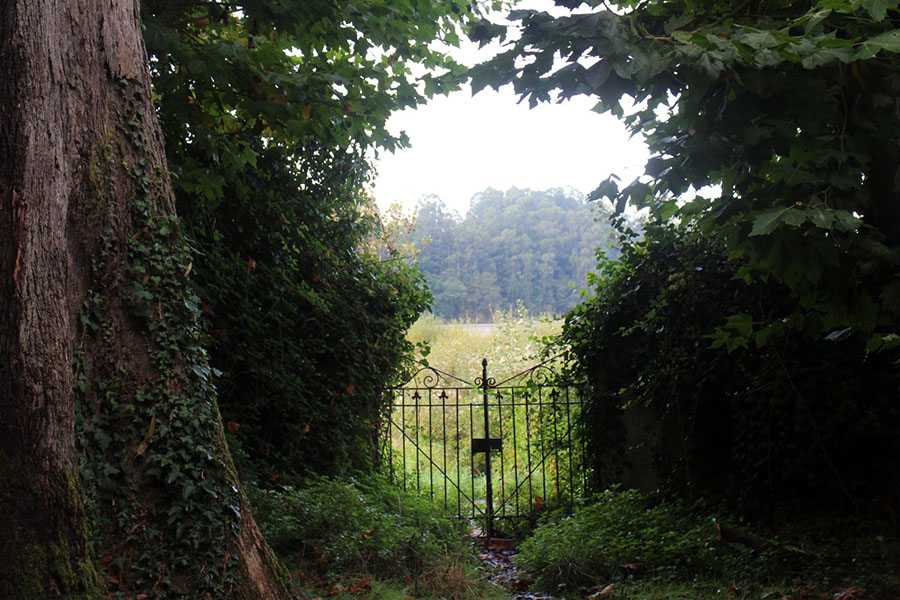
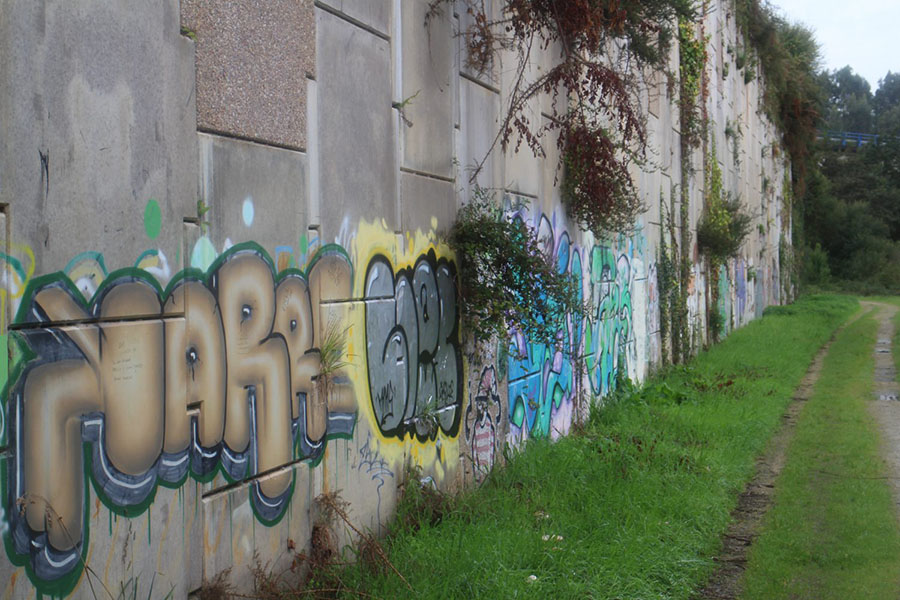
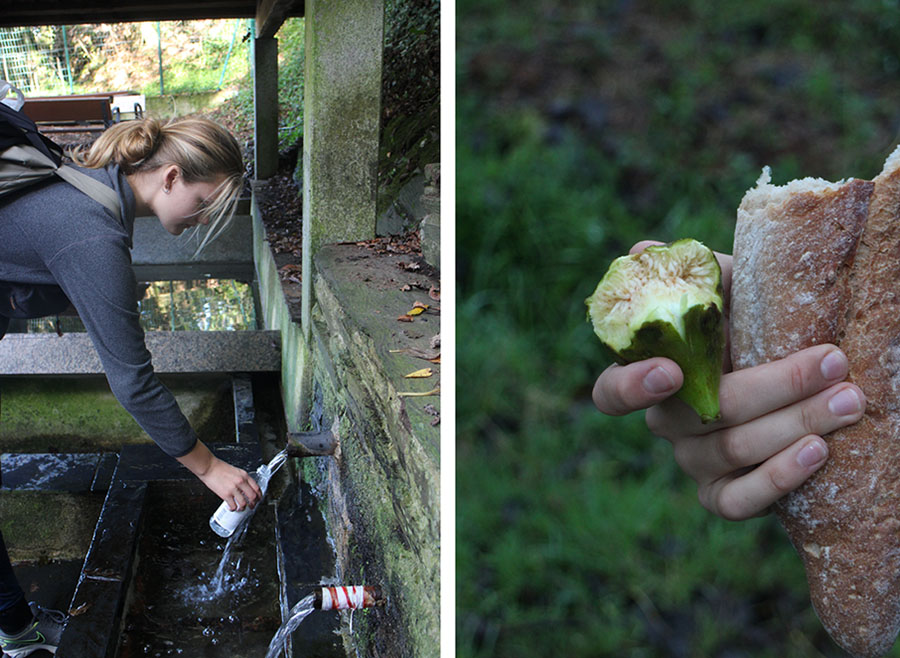
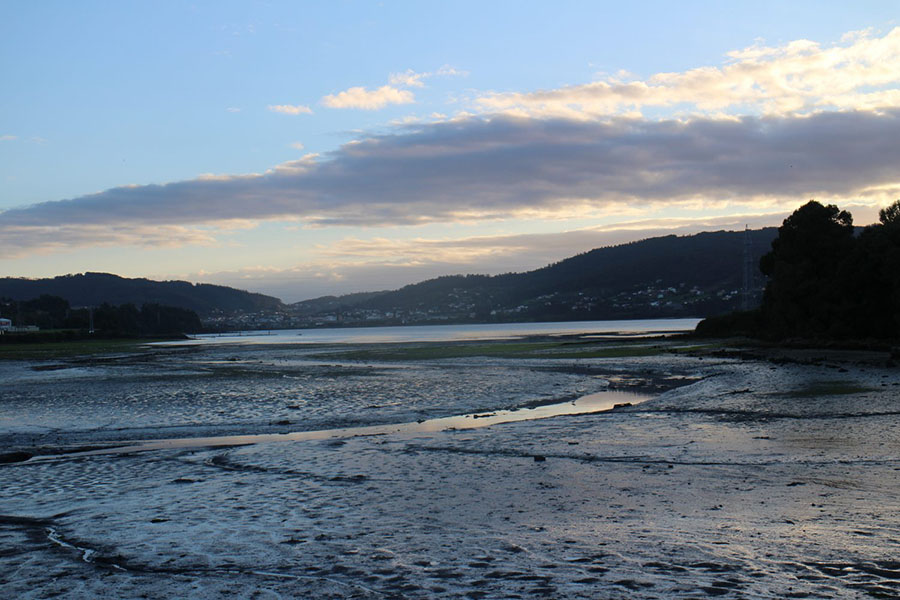
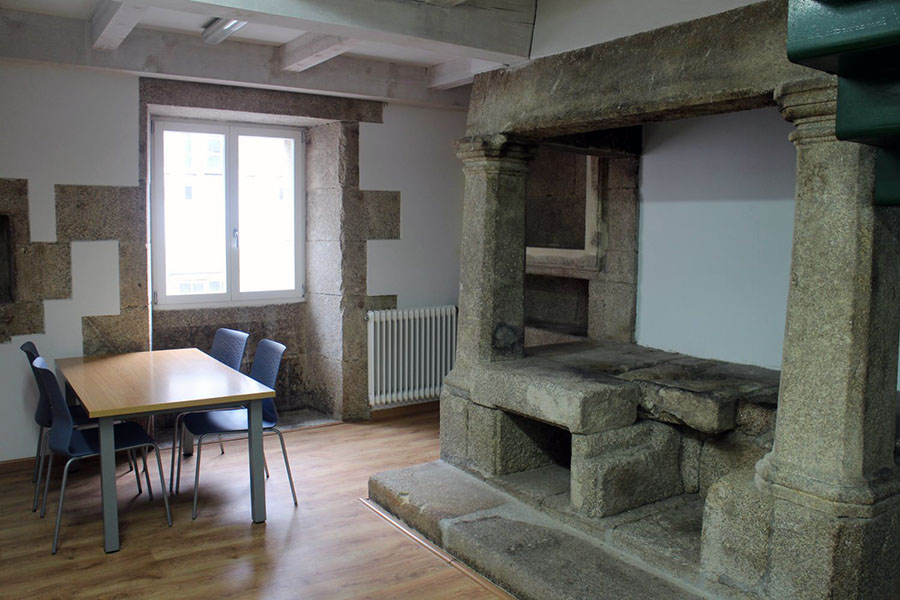
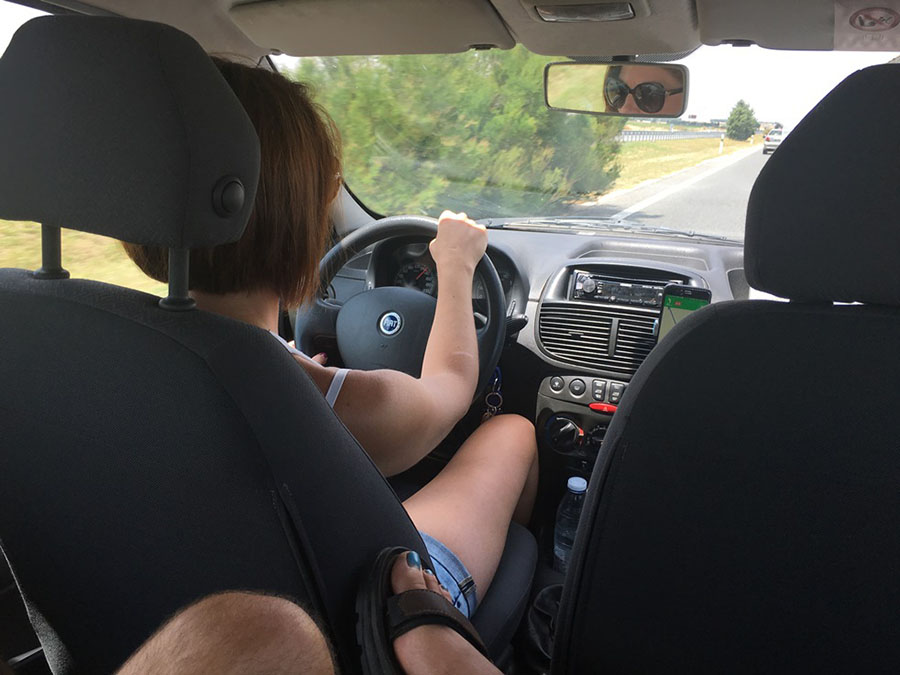

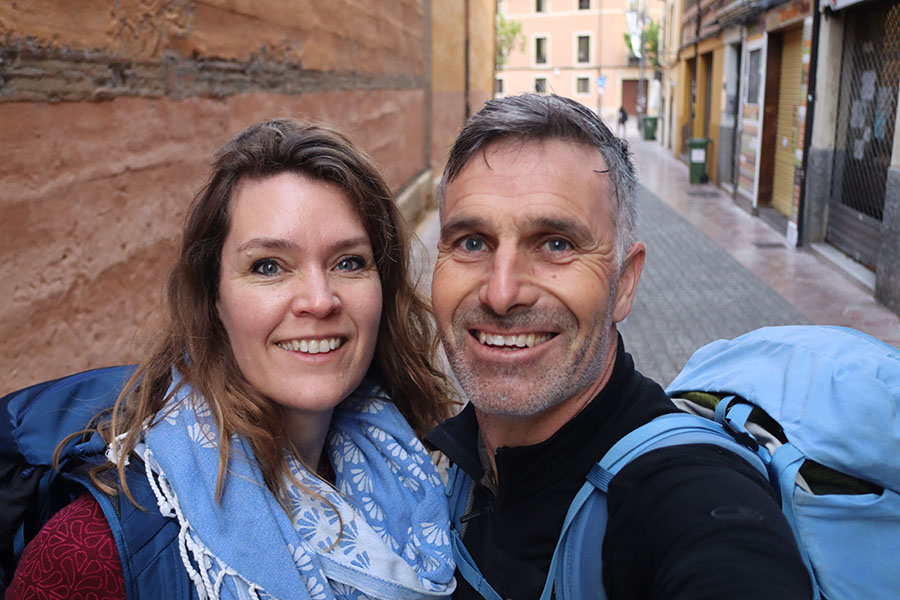
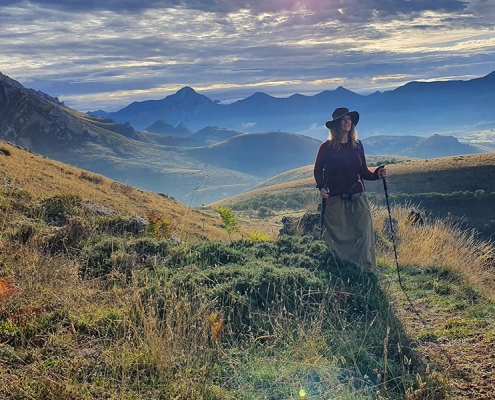
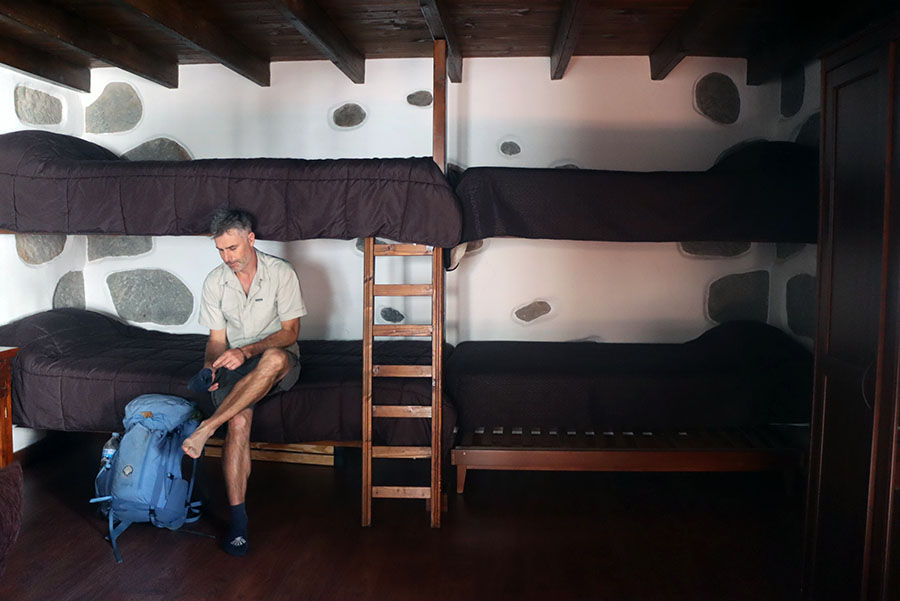
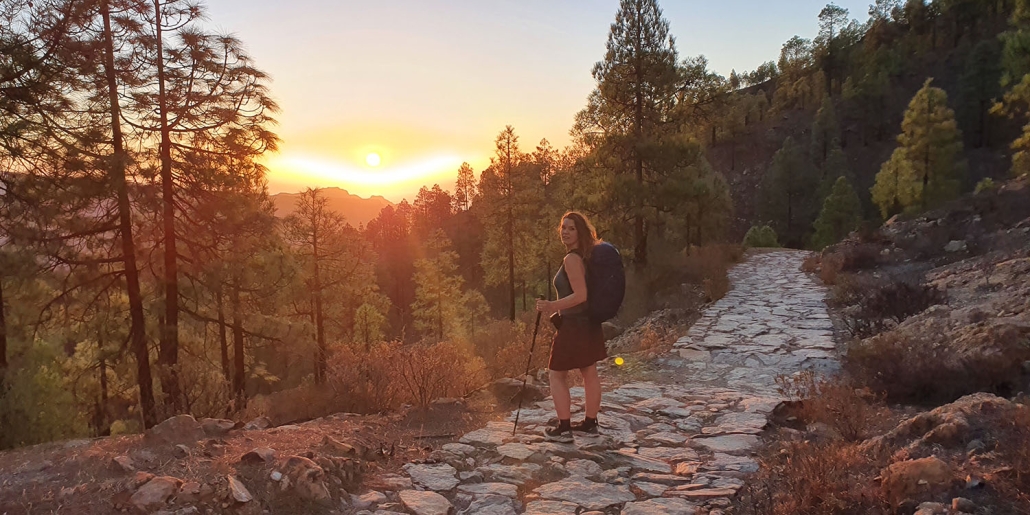
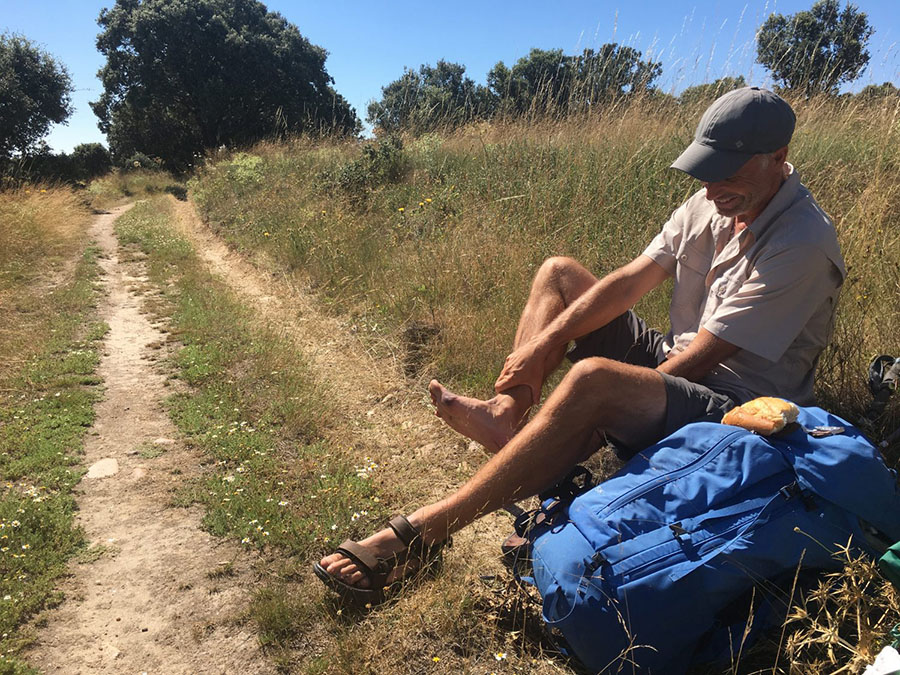
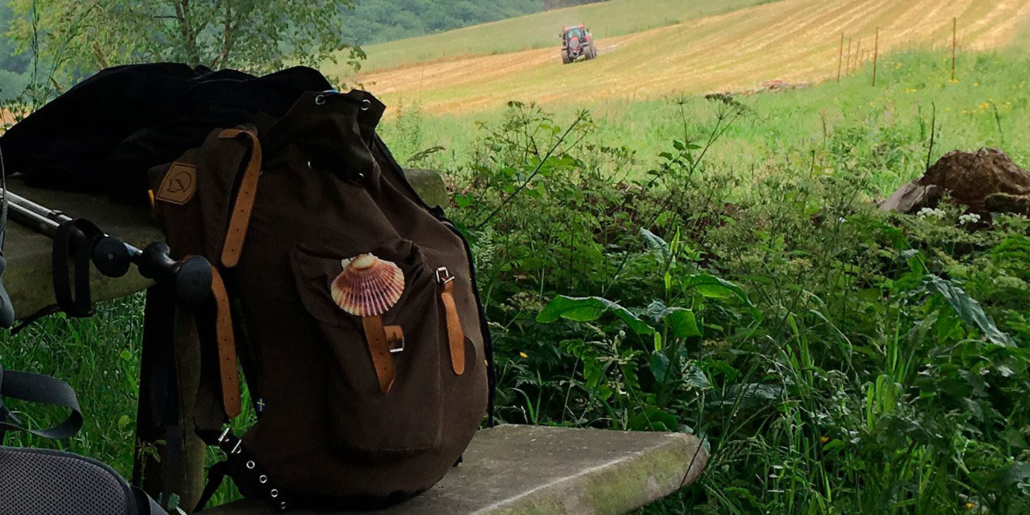
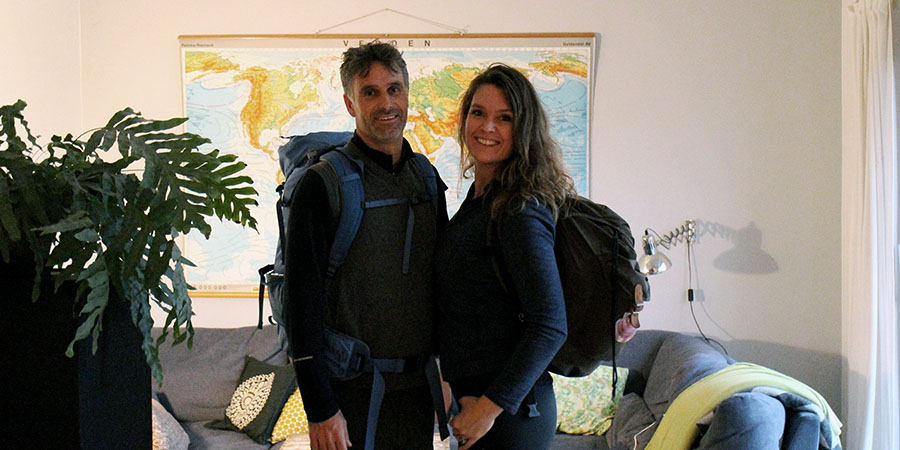
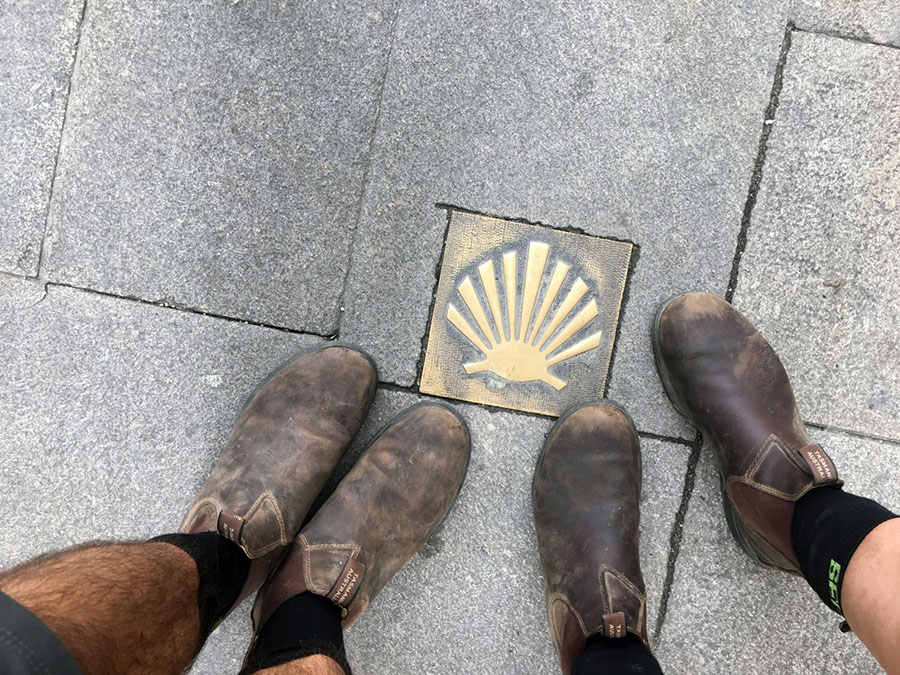
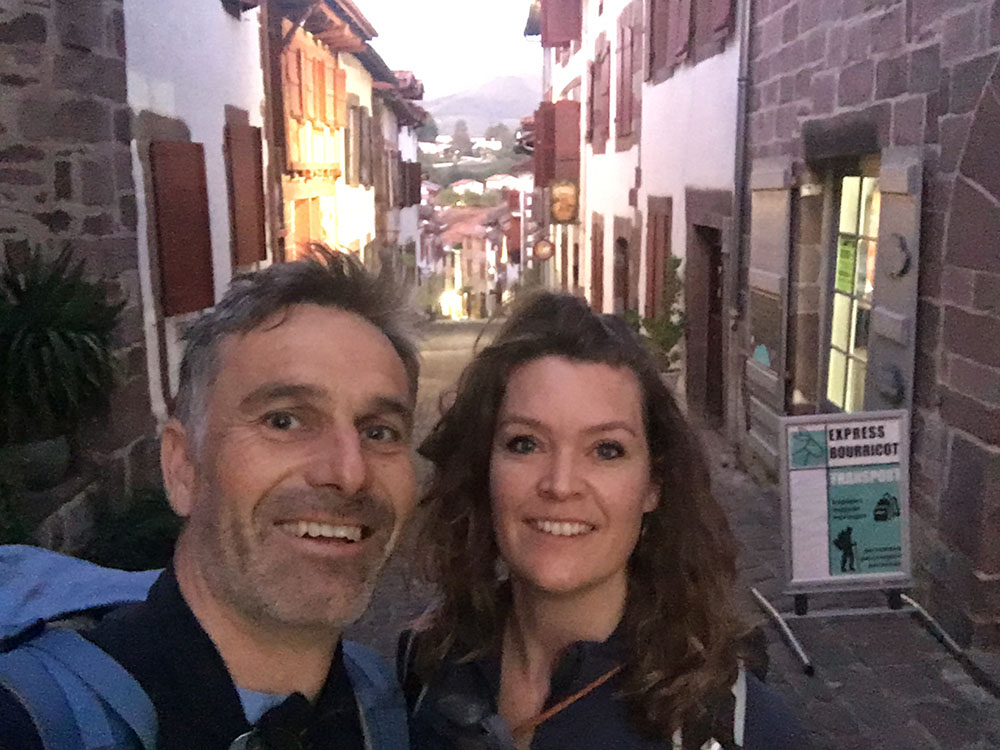
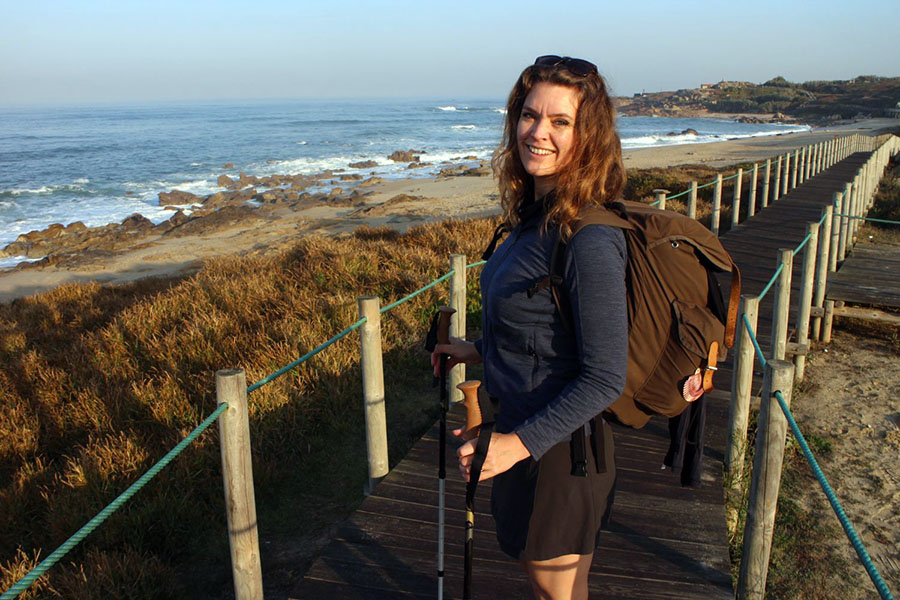
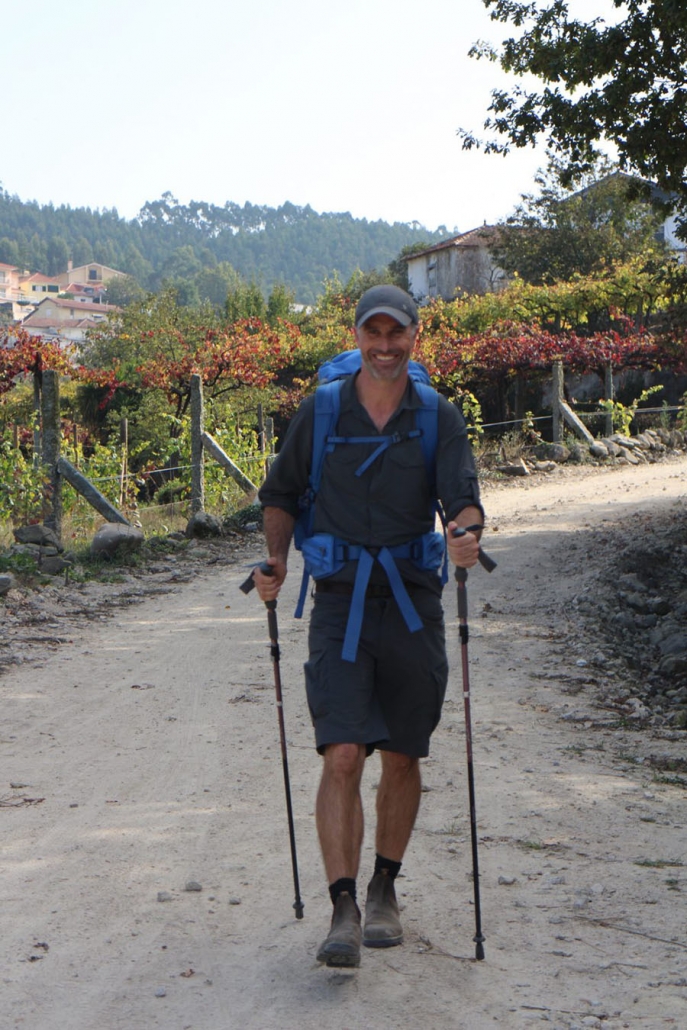
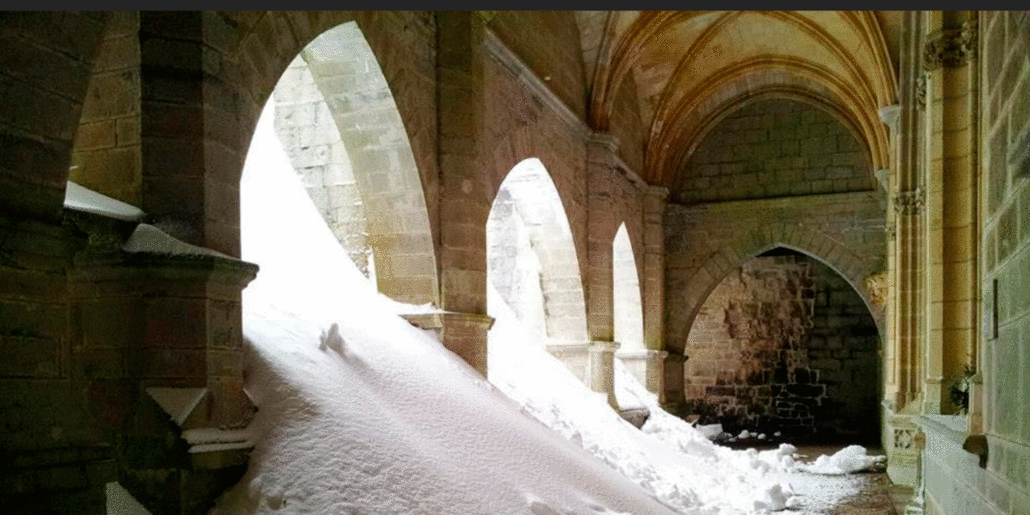

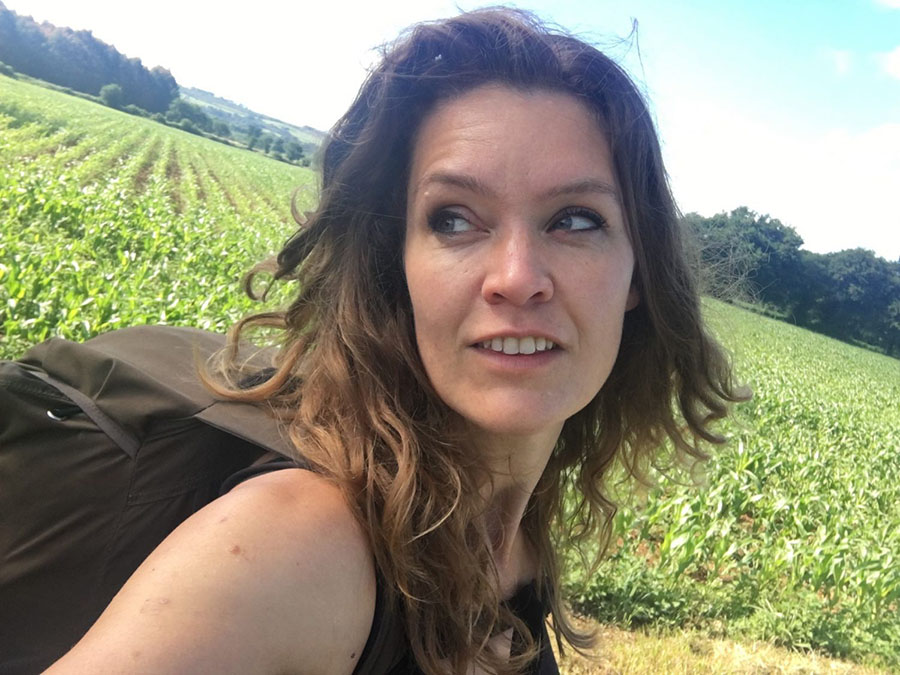
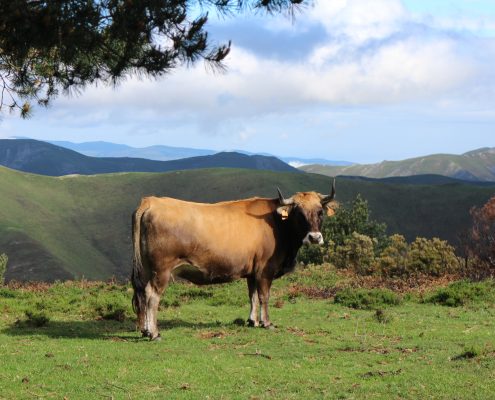

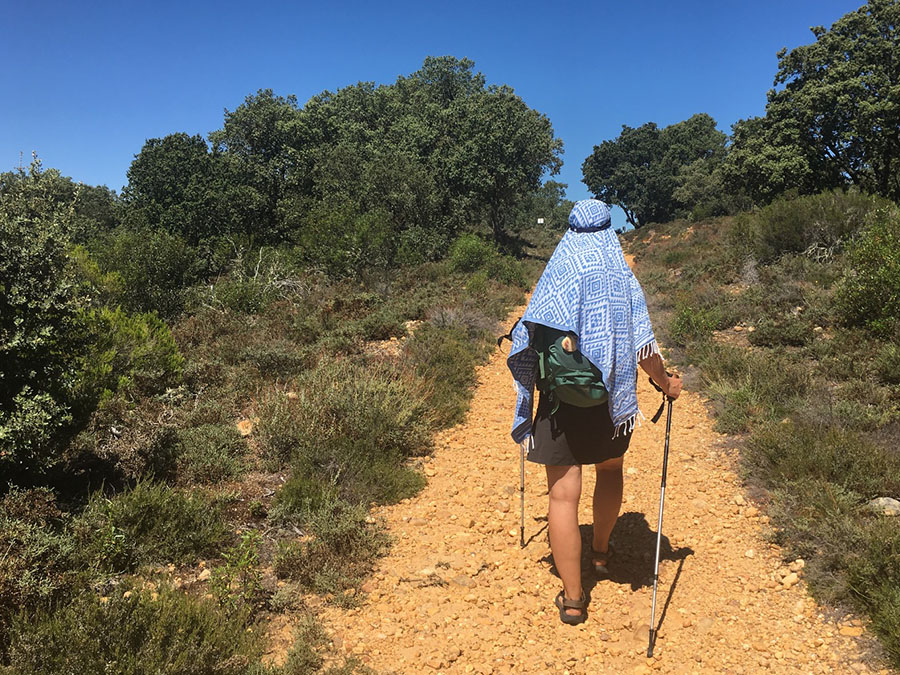



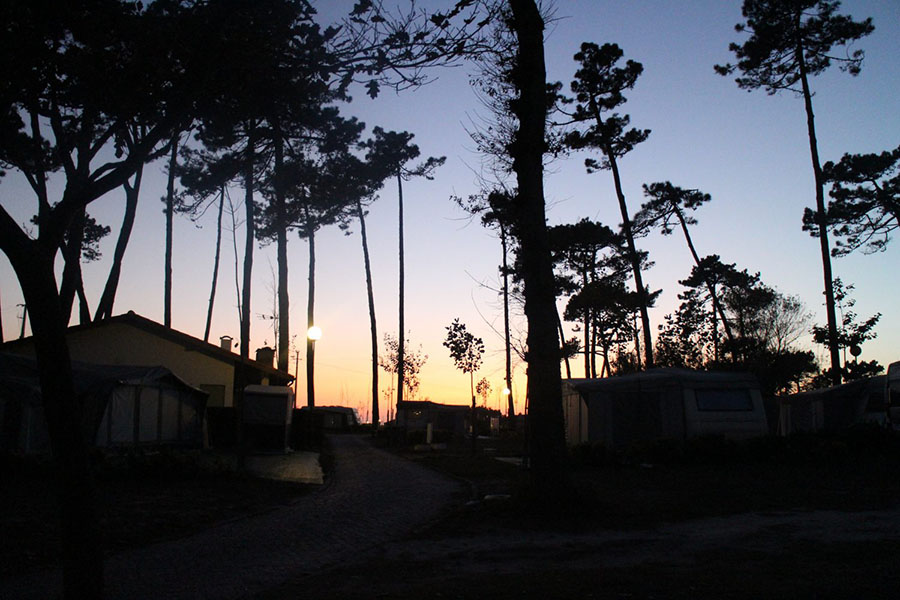

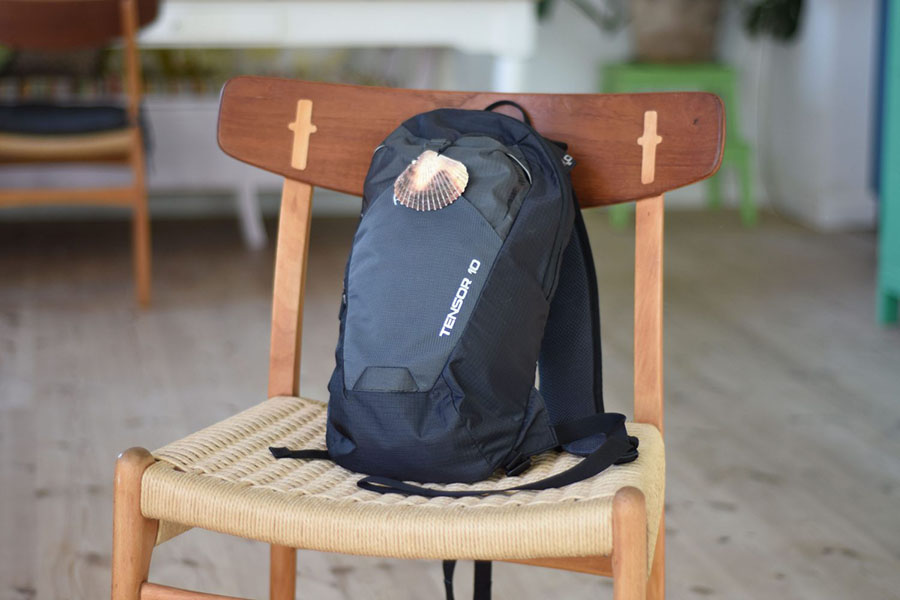
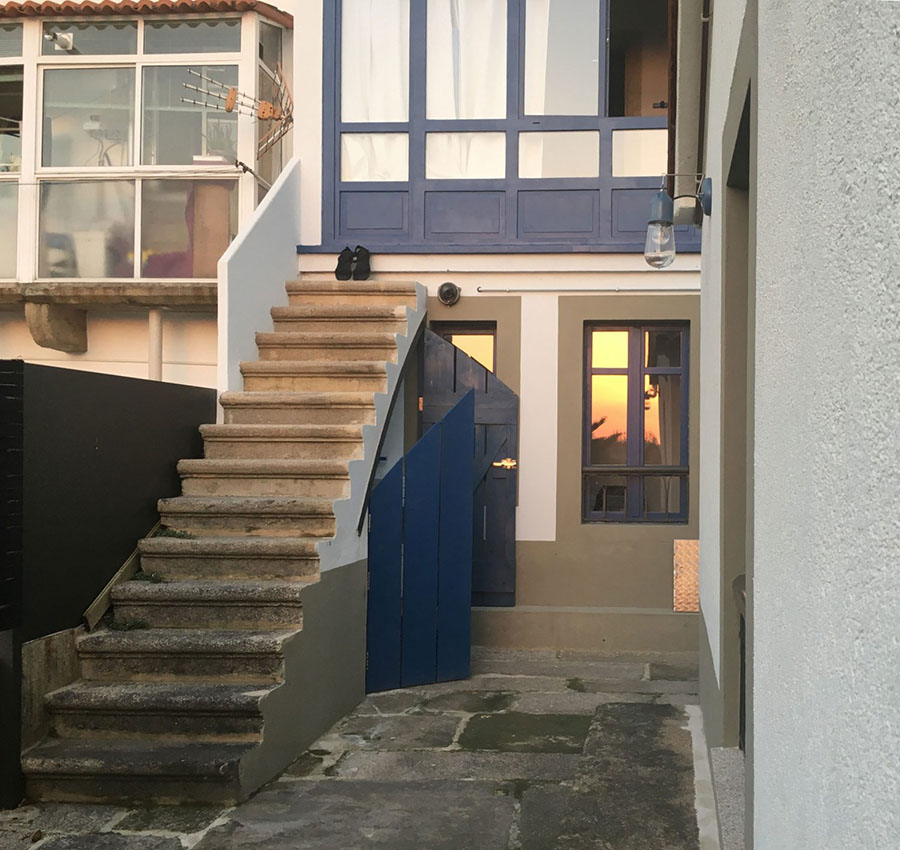
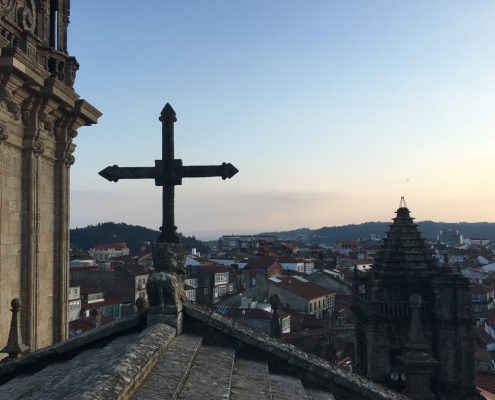
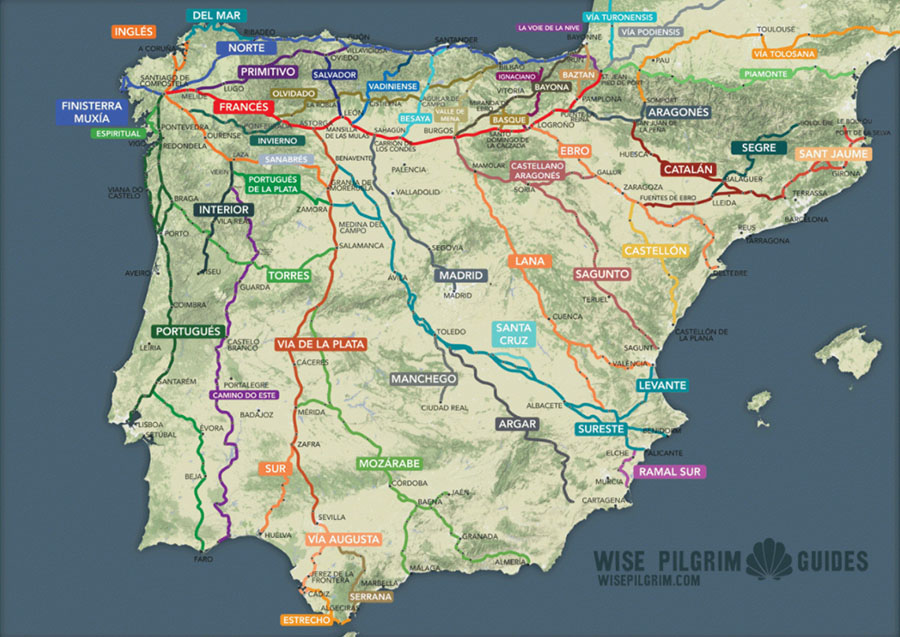


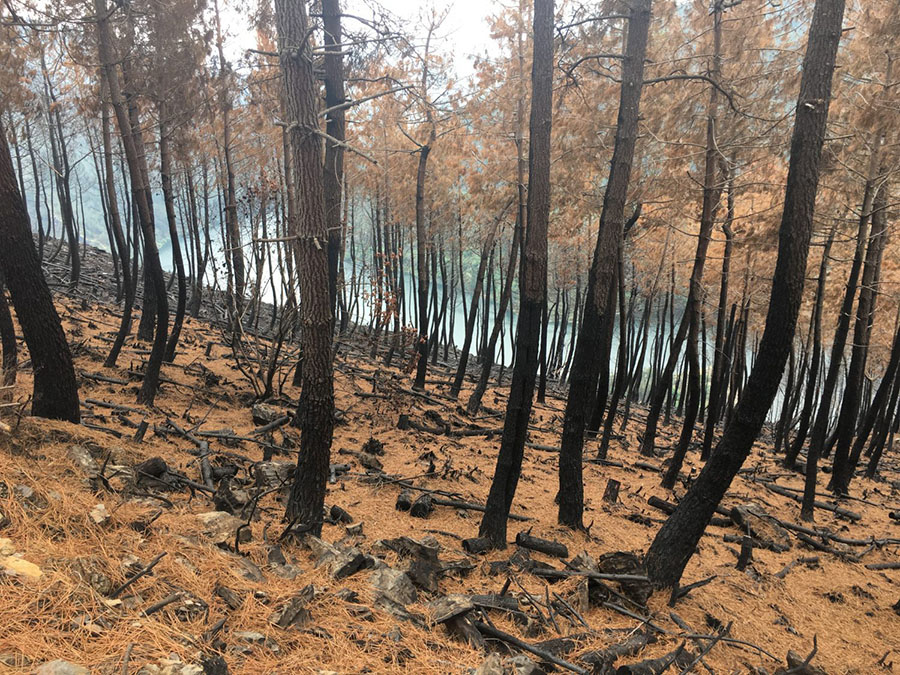







Leave a Reply
Feel free to ask us a question, comment or share your own tips.We are looking forward to hear from you!